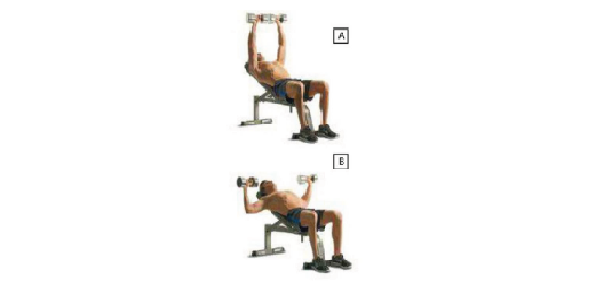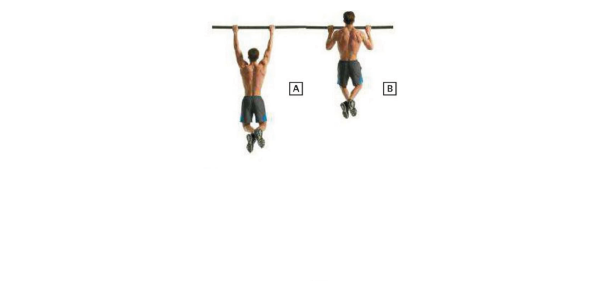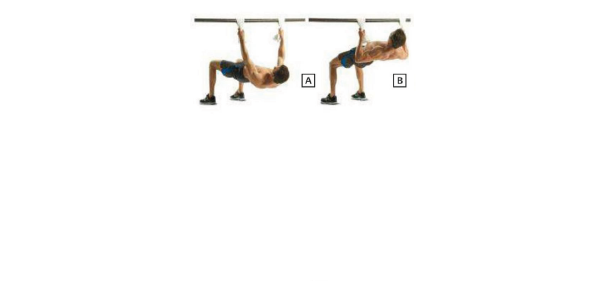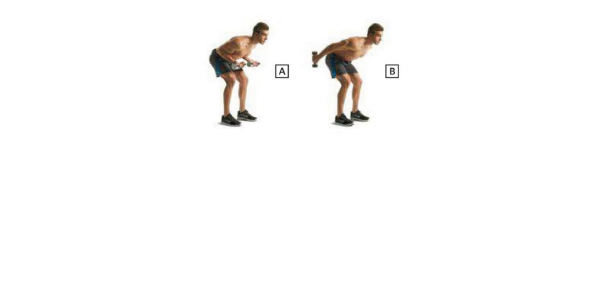Some aspects of
weight training, such as ideal resting time between sets, will vary based on your fitness goals, whereas others, such as order of exercises, breathing techniques and warm-up strategies, will be the same for all exercisers.
Rests in Between Sets
How long you should
rest in between sets depends on your fitness goals. If you are weight training to become more toned and streamlined, then you only need 1 or 2 minutes of rest between sets. If you are trying to build muscle bulk, then you should rest for at least 3 minutes between sets to give your muscles sufficient time to recover so that you can manage heavier weights.
Sets and Repetitions
Most studies indicate that one set per exercise produces the same benefits as three for
muscle building. The ideal number of repetitions will vary based on whether you are trying to lose weight and increase endurance or
build muscle bulk.
Building muscle bulk requires doing a smaller number of repetitions (6-8) at the highest amount of weight you can lift and increasing the weight by approximately 20% when you can do 8-10 repetitions easily.
To streamline and tone your body, you should do more repetitions (10-15) at a slightly lower weight, and choose a heavier weight when you can do 15 repetitions easily. Those who are weight training for weight loss and endurance may wish to do more than one set per exercise.
Order of Exercises
It is best to work the larger, central muscles in the
back,
torso,
thighs,
chest and
shoulders first, and then gradually progress to smaller peripheral muscles such as the biceps and calves, and finish with small-muscle exercises such as wrist curls. It will be difficult to effectively work the larger muscles if the smaller supporting ones are fatigued first.
Workout Length
Your
strength training workout should be at least 20-30 minutes, not counting stretching and warm-up. Workouts of this duration will generate benefits for most people. However, those who want to gain muscle or lose weight more rapidly and advanced weight trainers will need to spend longer at the gym.
Workout Intensity
It is a good idea to vary the intensity of your workouts. Don’t do the same set of exercises at each workout. If you alternate between intense and moderate workouts and vary your exercises so that you are working each muscle group in different ways on different days, you will progress faster.
Breathing
Don’t hold your breath when you are exercising, as this increases blood pressure and can even cause fainting. Ideally, you should exhale when lifting, pressing or pulling the weight and inhale when bringing it back to your starting position.
Warm-Ups
It is important to do a
warm-up before you begin your exercises in order to prevent injury. This can be a general cardiovascular exercise such as jumping jacks, stationary cycling or running. Alternatively, you can do a specific, targeted warm-up by doing weight training exercises that are the same as those you will do in your main workout but using much lighter weights.
Stretches
Stretches should be done after your workout because although they are beneficial for flexibility and preventing muscle injury and
soreness, they decrease muscle strength for a brief time. Also, because your muscles will be warm from the workout, it is easier to build flexibility.
Cool Down
Weight training should not require a cool down as the exercise isn’t continuous. However, because blood is shunted to your muscles and skin during intense training, it is not a good idea to have a hot shower or spend time in a hot tub for at least 5-10 minutes after finishing your workout.
online steroids for sale




















0 comments:
Post a Comment